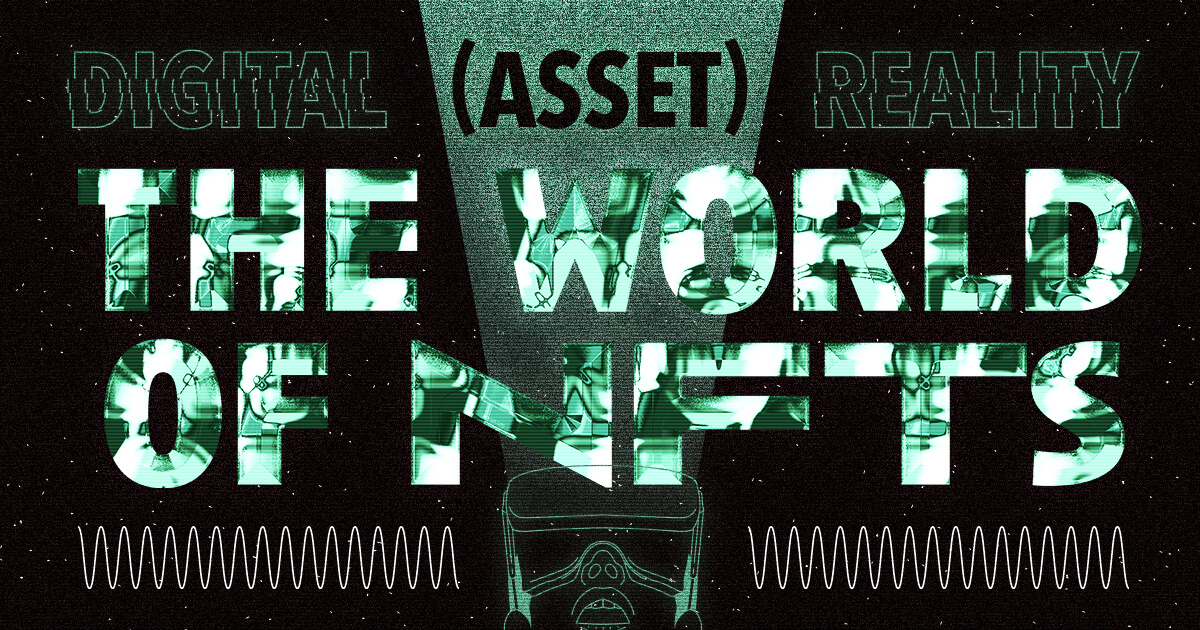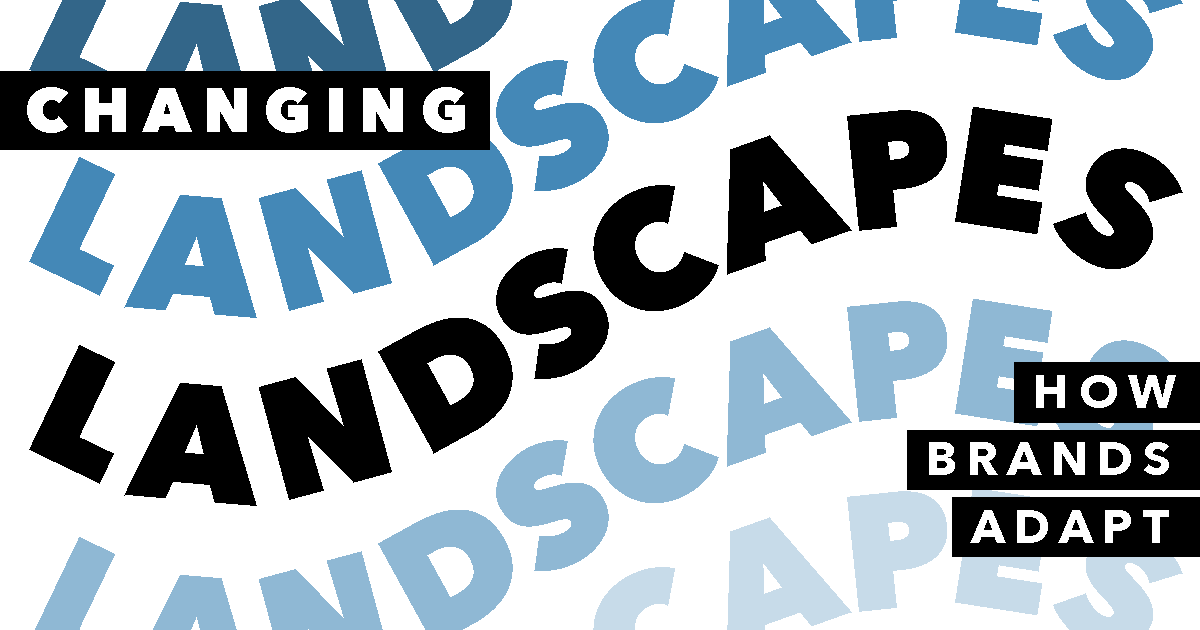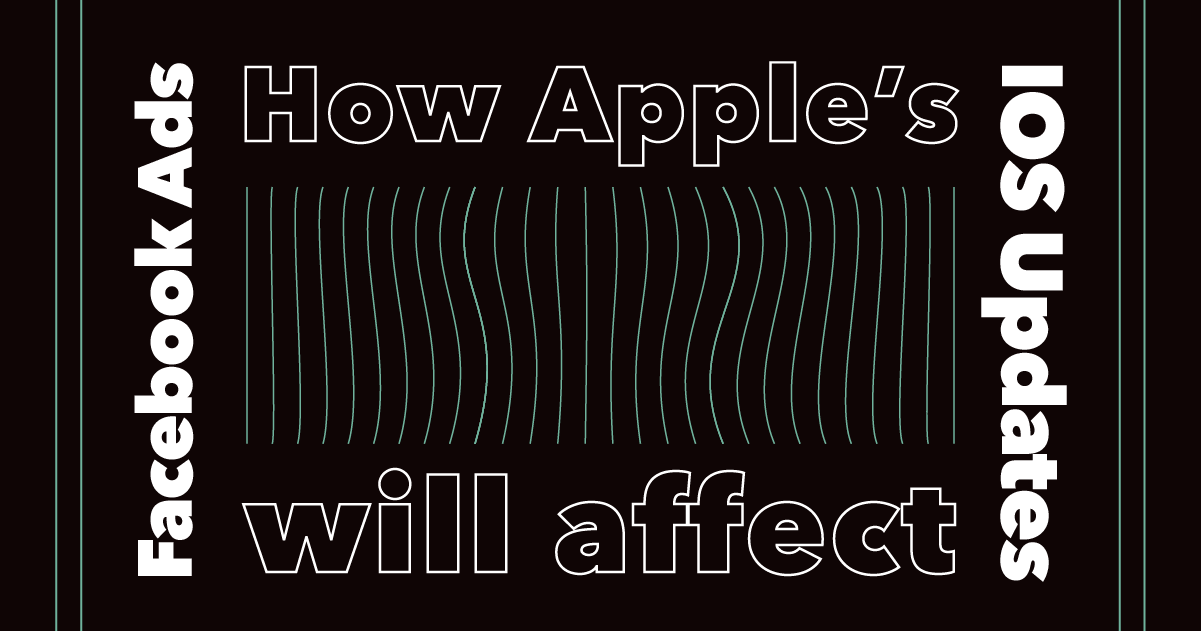
Non-fungible tokens, or NFTs, have rocked the internet and the world of cryptocurrency over the past few months. Nearly everyone I’ve talked to who is at least somewhat familiar with them falls into one of two camps. They’re either promoters who are chasing opportunity and trying to recruit friends and coworkers to get in early or detractors who cannot fathom why anyone would offer up $100 on a looping GIF of William Shatner.
Regardless of which side of the fence you stand, there is a vast, active market for NFTs and we’re just beginning to see brands explore the space. Before we get there, let’s take a few steps back and understand the basics of the NFT.
So, what is an NFT?
In its simplest form, an NFT is some kind of a digital asset (image, GIF, video, etc) that can be bought and sold in a digital marketplace and tracked and traced using blockchain technology. For our purposes here, you can think of the blockchain as a public ledger that provides information on a digital asset. Using the blockchain, it’s easy to see who it originated from and all of the previous transactions associated. It also provides a transparent way to prove originality, pricing history and other aspects like the rarity of the NFT.
How did this get started?
Blockchain technology is nothing new, originating from Satoshi Nakamoto who created the blockchain to support Bitcoin. However, NFTs are a more recent phenomenon.
Cryptokitties, by Dapper Labs (more on them later), are considered the NFT originators. Cryptokitties, which launched in November 2017, is a blockchain “game” where users can buy and sell digital cats. What captured a lot of interest, however, is the ability to breed Cryptokitties resulting in the creation of a new, original NFT kitty.
From Cryptokitties the next big iteration was Cryptopunks, by Larva Labs. Collectors swarmed to buy the pixelated headshots of various humanoid characters with a variety of accessories like hats, sunglasses and scarves. In March 2021, Cryptopunks helped break NFTs into the mainstream when an image of a pipe-smoking light-blue humanoid sold for a record 4,200 Ethereum coins, valued now at around $7.5 million.
What’s the appeal?
In my opinion, NFTs are a culmination of the year that was 2020. Most of us were locked away in our homes as some key moments began to happen. Collectibles like Pokemon and sports cards saw a resurgence in popularity; we watched cryptocurrencies like Bitcoin and Ethereum hit all-time highs; and stocks become more accessible with apps like Robinhood eventually leading to meme-thirsty Redditors organizing to send the price of GameStop “to the moon”. Each of these key examples were fueled by a get-rich-quick mindset. NFTs became popular at an opportune time providing users the next chance for the latest digital gold rush.
Most NFTs are purchased using a cryptocoin and it’s not uncommon for NFT collectors to own hundreds, if not thousands of dollars or more in cryptocurrencies. Having all that cryptocoin available, purchasing a high-ticket NFT is justified as reallocating funds and diversifying a portfolio. Many see this as the next big investment opportunity and are looking to maximize their ROI while the iron is hot.
How are brands using NFTs?
NFTs can take the form of just about anything that can be found on the web meaning how brands can utilize an NFT could be a simple or complex tactic. We’ve seen brands like Taco Bell, Pizza Hut, Pringles and Charmin produce simple digital representations of their products selling and reselling for thousands of dollars. We’ve seen SLAM magazine team up with viral NBA superstar, Zion Williamson, for an NFT magazine cover. And TIME magazine did something similar with an NFT version of their “Is Truth Dead?” cover.
These examples push the obvious use-case of digital representations of goods. However, we’re seeing some other innovative strategies that are redefining and reigniting consumer engagement. One great example of this is NBA Top Shot, a partnership between the NBA and Dapper Labs, creators of Cryptokitties, and my personal favorite NFT medium. Top Shot has taken the idea of sports trading cards and flipped it into a vibrant and passionate digital community. Top Shot cards, or “Moments”, capture video highlights of in-game action and game information including the date, final state line for the player, final score and a short writeup about the play. Each Moment has a certain number in circulation and individual serial numbers; the lower the Moment serial number, the higher the value.
Top Shot collectors can get in two ways: packs and the marketplace. Packs are the most sought after with releases in limited quantities, typically around 100,000. To deal with the high demand, Dapper Labs implemented a lottery system for the 300,000 to 400,000 collectors looking to score one of the packs. They can cost as low as $9 for a Base Set and as high as $999 for ultra-rare limited edition moments. The marketplace allows for collectors to buy and sell their Moments at any price they choose. The marketplace behaves similarly to the stock market with the fair market value of Moments rising and falling throughout the day.
Top Shot has grown exponentially in popularity since January 2021. In fact, between March and April of this year, NBA Top Shot’s valuation grew from $2.7 billion to now $7.5 billion. With team owners struggling with COVID-19 restrictions, this opens up a whole new world of possibilities for the NBA.
And what’s next?
It’s natural for new technology to ebb and flow. I listened to a podcast recently that discussed how it’s natural and normal for people to laugh and poke fun at something like NFTs because many don’t understand it. Admittedly, it’s difficult to wrap your brain around the concept. A perfect example of this is Bitcoin; many laughed ten years ago but if you were smart enough to buy $1,000 of Bitcoin in 2011 you’d have over $20 million today. We’ll continue to see memes and friends will joke about the NFT craze but the fact is brands and consumers both are investing a lot of dollars into them and this is just the beginning.
I believe where we’ll see NFTs start to capture more mainstream popularity is in gaming and real world crossovers; fantasy sports, mobile and console gaming, real estate, and fashion to name a few. NFT tickets may become the next big trend. Many people like to save their ticket stubs from meaningful events but there may be a market in the not-so-distant future where people are reselling digital tickets even after the event has concluded. For example, you could potentially buy and/or sell used NFT ticket stubs to events like the Oscars, Coachella or the Superbowl. Whatsmore is that an NFT ticket can solve scalping issues and marketplaces can offer royalties, earning organizers a percentage of every sale ever.
So NFTs are here to stay, huh?
They are. Decentralized transferring of digital goods via blockchain has an incredible amount of utility and application and its uses will continue to evolve with time. While there are issues to be worked out, there’s so much potential for brands and private use.
While I don’t think that we’ll see a large scale transition of brands adding NFTs to their marketing mix this year, I do think we’ll see a few willing to venture out to the bleeding edge and explore possibilities. We’re seeing some of that already. The key here is opening the dialog and understanding that this technology is legitimate and has so much potential for creating engaging moments with your core audience. And that’s something that we are dabbling with here, at Fieldtrip.



